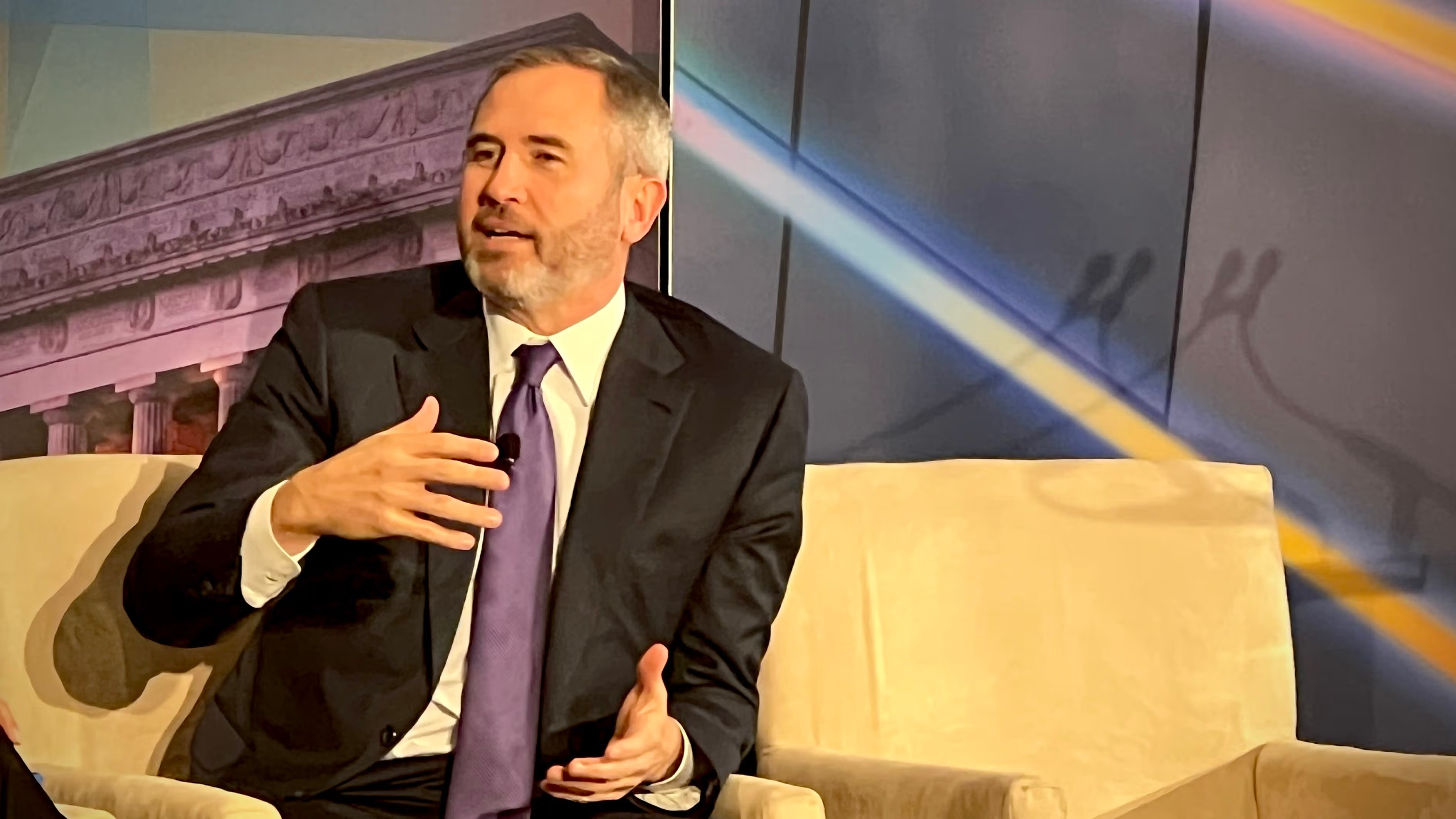“Art is not a thing, it is a way,” said American writer Elbert Hubbard. For Bitcoin (BTC) artists, the way is inspired by Bitcoin, its code, its philosophy and its imagery. In some cases, it’s even inspired by memes. Bitcoin has become a “lifestyle,” for some Bitcoin artists, that inspires their way of doing business, accepting payments and interacting with customers.
Cointelegraph asked Bitcoin artists what inspires them about Satoshi Nakamoto’s 13-year-old invention and whether minting a nonfungible token (NFT) would complement their “way” of doing art. After all, an NFT is a unique, digital receipt to prove ownership of a purchase that lives on a blockchain. Surely artists would want to prove ownership of the art at which they toiled away?
Lena, a Bitcoin artist who recently moved from Germany to crypto-friendly Dubai, began creating, painting and printing Bitcoin artworks after diving down the Bitcoin rabbit hole in 2018. She says that while she started her crypto career as a crypto-agnostic, Bitcoin changed her approach and eventually took over. She now operates a Bitcoin “maxi-style” portfolio:
“My mindset shifted and I began to work on myself, asking myself what to do with my lifetime because of Bitcoin. Bitcoin became like a lifestyle, so I should put all my savings in Bitcoin.”
When speaking with people in the crypto community, she explains she’s a Bitcoin artist, to which crypto-lovers ask, “oh, so you do NFTs?” She told Cointelegraph she replies with, “No! Physical art!”
“OpenSea is full of art that is like not art — I mean, art is always up to the person, but it was too much for me.”
However, countless artists make a living generating AI artwork and selling or minting them as NFTs on platforms such as OpenSea. The biggest stories of 2021 involved collective cartoon chimps — the Bored Ape Yacht Club — and the CryptoPunks, further digitally rendered images or art.
In the 2022 bear market, the hype around NFTs has reportedly evaporated. Yet, big name brands such as Starbucks continue to hop on the bandwagon, while luxury jeweler Tiffany caused a 1,700% increase in trading volume following an NFT move in August.
When asked whether FractalEncrypt (an anonymous Bitcoin artist) would release an NFT of their art in the future, they told Cointelegraph: “Absolutely not.” FractalEncrypt sculpts large, imposing and time-consuming Bitcoin full node structures, which he has hidden in locations around the world:
The Bitcoin Full Node Sculpture, A Cypherpunk Chronometer.
#5 of 10 was hand delivered yesterday & I wanted to compile a GIGA-THREAD compiling photos, videos, explainers, and podcasts all into one place
Let’s go back into time and down the rabbit hole and see #1 -4 pic.twitter.com/8IcGnl0tyE
— FractalEncrypt ∞/21M (@FractalEncrypt) March 29, 2021
“I created NFTs in 2017/18 and the deeper I investigated them, the more disillusioned I became. They felt inherently scammy, and me continuing down that path would make me a scammer in my eyes.”
FractalEncrypt explained that the link between the art and the token was “ephemeral at best and an outright misrepresentation/fraud at worst.” They compare the issuance of NFTs as akin to centralized companies’ issuing tokens, which could be problematic and even litigious.
But that doesn’t mean that FractalEncrypt wrote off NFT technology at inception. Like Lena, the two artists were curious about the Ethereum-based technology when it first came along:
“An artist issuing an NFT token and selling it to others in the hope that it may appreciate in value puts the artist in the situation of possibly issuing securities.”
Indeed, Wikipedia explains an NFT is a “financial security consisting of digital data stored in a blockchain.” The United States Securities and Exchange Commission is focussed on certain crypto projects during the bear market. At the same time, the
Read More: cointelegraph.com









 Bitcoin
Bitcoin  Ethereum
Ethereum  Tether
Tether  XRP
XRP  Solana
Solana  Dogecoin
Dogecoin  USDC
USDC  Cardano
Cardano  Lido Staked Ether
Lido Staked Ether  TRON
TRON  Avalanche
Avalanche  Sui
Sui  Wrapped stETH
Wrapped stETH  Chainlink
Chainlink  Toncoin
Toncoin  Shiba Inu
Shiba Inu  Stellar
Stellar  Wrapped Bitcoin
Wrapped Bitcoin  Hedera
Hedera  Polkadot
Polkadot  WETH
WETH  Bitcoin Cash
Bitcoin Cash  Uniswap
Uniswap  Pepe
Pepe  Litecoin
Litecoin  LEO Token
LEO Token  Hyperliquid
Hyperliquid  Wrapped eETH
Wrapped eETH  NEAR Protocol
NEAR Protocol  Ethena USDe
Ethena USDe  Internet Computer
Internet Computer  USDS
USDS  Aptos
Aptos  Aave
Aave  Mantle
Mantle  Render
Render  Bittensor
Bittensor  POL (ex-MATIC)
POL (ex-MATIC)  Cronos
Cronos  Ethereum Classic
Ethereum Classic  Virtuals Protocol
Virtuals Protocol  Artificial Superintelligence Alliance
Artificial Superintelligence Alliance  Arbitrum
Arbitrum  MANTRA
MANTRA  WhiteBIT Coin
WhiteBIT Coin  Monero
Monero  Filecoin
Filecoin